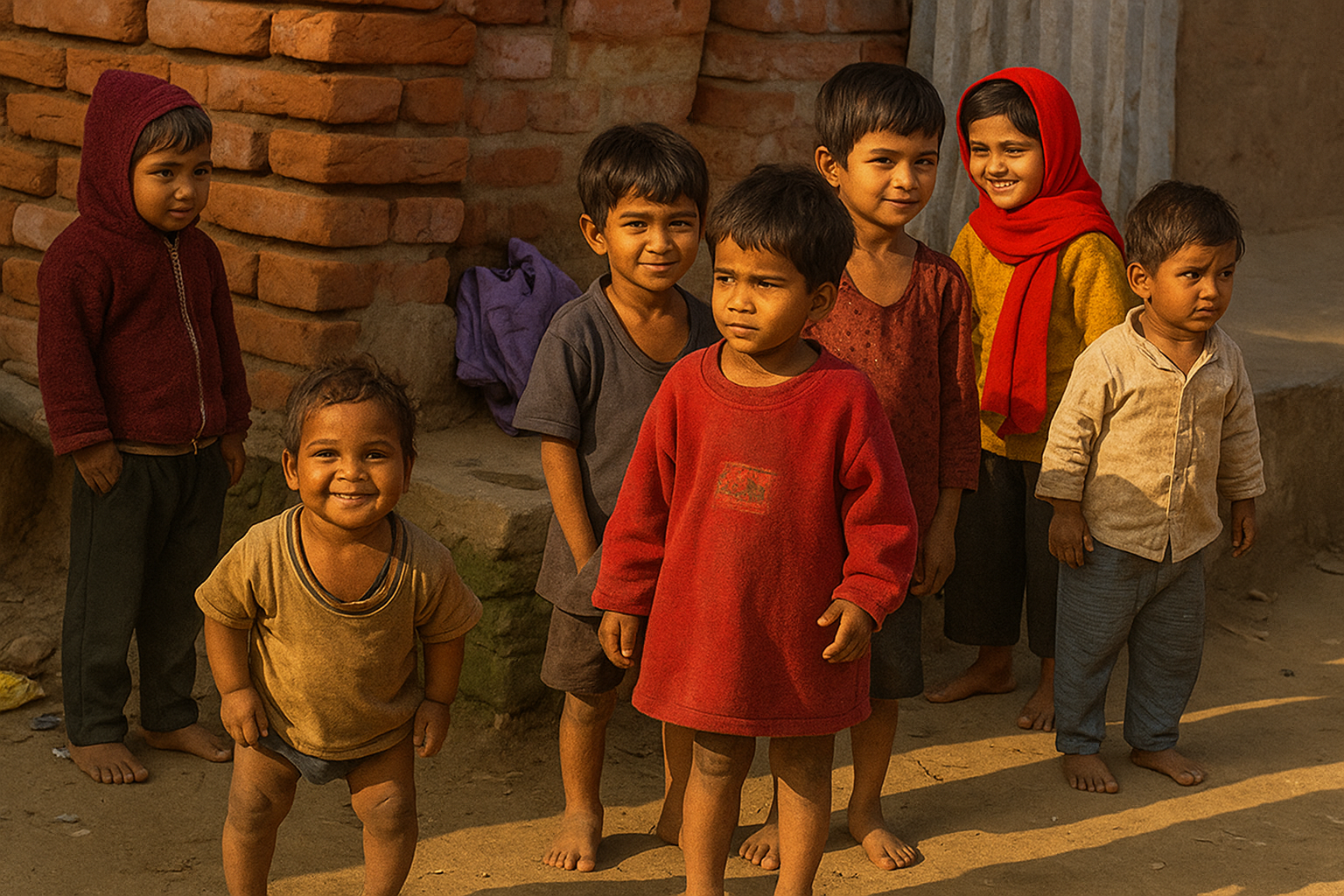India Should Invest in Its Youngest Learners
The Tribune

1. Introduction and Context
The editorial makes a compelling case for placing Early Childhood Education (ECE) at the center of India’s development strategy.
Grounded in neuroscience and global research, it highlights that 85% of brain development occurs before age six, making early years a decisive period for cognitive, emotional, and social growth.
Despite this, India allocates only 0.1% of GDP to ECE, severely underinvesting in anganwadis, early learning, and caregiver support.
The piece argues that ECE is not just welfare — it is economic strategy, human capital formation, and the bedrock of national development.
2. Key Arguments Presented
a. Early Brain Development Shapes Life Outcomes
- Most neural connections form before age six.
- High-quality ECE boosts IQ, discipline, emotional intelligence, and lifelong earning potential.
- Learning deficits at age 5 are costlier and harder to fix later.
This scientific foundation drives the entire argument.
b. India Severely Underinvests in Early Childhood
- India spends far below global norms on early childhood development.
- Anganwadis, despite serving 80+ million children, lack infrastructure, toys, trained educators, and proper teaching tools.
- Private preschools serve the affluent; marginalized children depend on an under-resourced public system.
c. Strengthening Anganwadis Is Essential
Key reforms suggested include:
- Upgraded infrastructure & play-based learning materials
- Longer operational hours (7–8 hours)
- Multilingual, activity-based pedagogy
- Better integration with NEP 2020 and foundational literacy norms
States like Punjab, Haryana, Telangana, Karnataka are cited as model reformers.
d. Parent and Caregiver Engagement Is Crucial
- Parents need support on nutrition, health, and responsive caregiving.
- Digital interventions (WhatsApp lessons, audio/videos) show promising results.
Parental participation is presented as a strong predictor of child development.
e. Increased Public Investment Is Necessary
The author suggests:
- Raising anganwadi budgets by ₹25,000–₹50,000 per centre annually
- Higher spending on training, nutrition, infrastructure, and early stimulation
This is framed as a small but high-return investment for India’s long-term growth.
3. Author’s Stance
Azeez Gupta takes a strongly child-centric and equity-oriented stance, emphasizing:
- Early childhood is India’s most neglected yet highest-return investment.
- Ignoring young children deepens lifelong inequality.
- Prioritizing ECE is essential for economic competitiveness and social justice.
Tone: urgent, reformative, and optimistic, calling for structural change.
4. Bias and Limitations
Bias
- Strong advocacy bias in favor of ECE.
- Downplays competing budget priorities in the education sector.
- Slightly idealistic portrayal of anganwadi reform feasibility.
Limitations
- Limited discussion on:
- teacher recruitment & training
- monitoring systems
- governance failures
- huge state-wise disparities
- Underestimates social barriers (gender, caste, malnutrition patterns).
5. Pros and Cons of the Argument
Pros
- Strong scientific evidence
- Clear, actionable policy direction
- Holistic approach covering nutrition + learning
- State examples make arguments practical
Cons
- Ignores administrative complexity
- Assumes funding alone guarantees quality
- Limited exploration of teacher shortages and training needs
- No fiscal trade-off analysis
6. Policy Implications
- Declare ECE a National Mission under PMO or NITI Aayog.
- Upgrade Anganwadis: infrastructure, digital tools, nutrition, activity-based learning.
- Professionalize ECE Workforce: create a trained cadre of early educators.
- Extend Anganwadi Hours to support working mothers.
- Measure Child Outcomes: regular tracking of cognitive, emotional, and nutritional development.
- Strengthen Parent Engagement through community and digital platforms.
7. Alignment with UPSC GS Papers
GS Paper I
- Role of women (working mothers)
- Child development
- Demographic dividend
GS Paper II
- Social sector development
- Government policies: ICDS, Poshan, NEP 2020
- Human resource development
GS Paper III
- Human capital formation
- Inclusive growth
- Public health & nutrition
GS Paper IV
- Ethical responsibility toward children
- Empathy and humane governance
Essay Themes:
- “Investment in Children is Investment in the Nation”
- “Human Capital and India’s Development Path”
8. Real-World Impact
If reforms are implemented:
Positive Impacts
- Dramatically improved school readiness & learning outcomes
- Higher female labour participation
- Lower malnutrition and stunting rates
- Stronger future workforce productivity
- Long-term reduction in inequality
If Ignored
- Weak demographic dividend
- Widening inequality
- Persistent learning poverty
- Higher future corrective costs for school education
9. Conclusion and Future Perspective
The editorial strongly argues that India’s development story must begin with its youngest citizens.
ECE is not a peripheral welfare activity — it is the foundation of:
- human capital
- productivity
- social equality
- national progress
Going forward, India needs:
- sustained funding
- well-trained educators
- community and parent engagement
- nutrition + education integration
A nation aiming for Viksit Bharat cannot afford to neglect its early years — the returns are immense, measurable, and enduring.
Final Summary
The editorial “India Should Invest in Its Youngest Learners” argues that early childhood education is India’s highest-return investment. It blends neuroscience, economics, and policy analysis to urge reforms in anganwadis, parental engagement, and public funding. The piece is highly relevant to GS II (Social Sector), GS III (Human Capital), and GS IV (Ethics) — offering a comprehensive case for prioritizing early childhood as the foundation of India’s long-term development.
